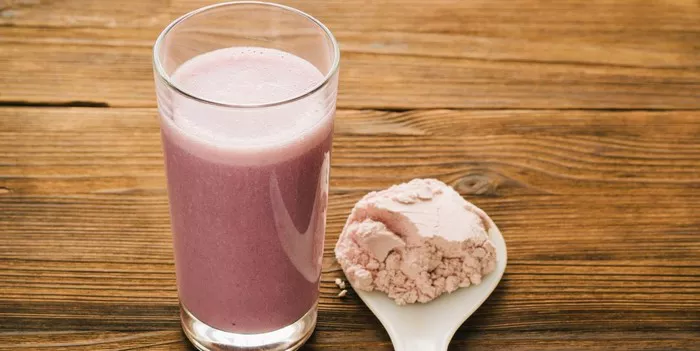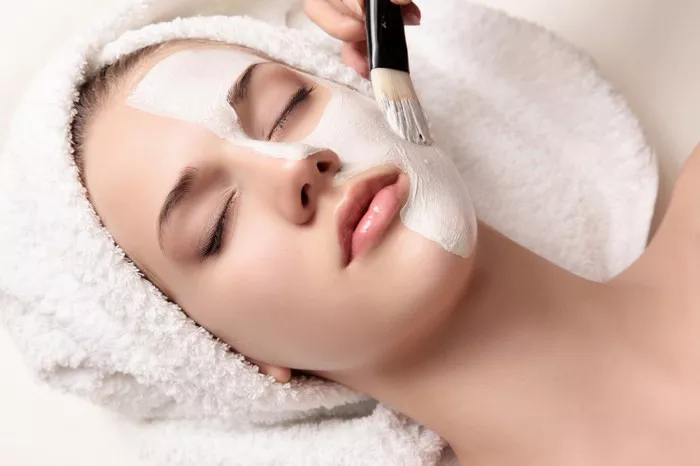The idea of local fat reduction, also known as spot reduction, is one of the most popular and persistent concepts in fitness. It’s also one of the most debated. Many people want to lose fat in one specific part of their body—whether it’s belly fat, love handles, thigh fat, or arm flab. This desire is often driven by frustration. Someone might work hard in the gym, eat healthy, and still feel like they can’t slim down their “problem area.”
The dream of targeting fat in a specific region sounds appealing because it promises precision. Why lose fat everywhere when you just want to trim your waist or firm your arms? The fitness industry has long capitalized on this wish, promoting countless products and workouts that claim to “melt belly fat” or “tone your thighs fast.” But is localized fat loss really possible—or is it a myth dressed in marketing?
To answer that, we need to explore how the body actually burns fat. Understanding fat metabolism, exercise science, and genetics will show us whether local fat reduction can work—and what strategies really help shape your body in a safe and sustainable way.
How Does the Body Burn Fat?
Fat loss is a complex process, and it doesn’t happen exactly where you want it to. When you exercise and burn more calories than you consume, your body taps into stored fat for energy. But it doesn’t selectively pull fat from the area you’re working. Instead, fat is mobilized from fat cells all over the body, enters the bloodstream, and is used as fuel based on your energy needs.
This means doing hundreds of sit-ups won’t burn belly fat. It will strengthen your abdominal muscles, but those muscles might remain hidden under a layer of fat unless you reduce your overall body fat percentage. The same goes for leg lifts, tricep dips, or inner-thigh squeezes. You can tone the muscles beneath, but the fat layer on top won’t disappear unless your body as a whole enters a fat-burning state.
Hormones also play a key role in where your body stores and loses fat. Some people lose weight from their face first, while others slim down from their arms or chest. Women often store fat in the hips and thighs due to estrogen. Men tend to carry fat in their abdomen. Genetics determine these patterns, and no amount of isolated training can override them completely.
What Does the Science Say About Spot Reduction?
Scientific research consistently shows that spot reduction is largely a myth. Numerous studies have tested whether working out specific muscles leads to fat loss in those areas. The results have been clear: localized exercises increase muscle endurance and size but have little effect on the fat covering those muscles.
One well-known study from the University of Connecticut had participants do resistance training using only one arm. After weeks of focused training, researchers found fat loss across the whole body—but not specifically in the trained arm. Another study had participants do abdominal exercises five days a week for six weeks. At the end, they had stronger core muscles but no significant change in belly fat.
These findings don’t mean that exercise is ineffective. On the contrary, full-body training combined with smart nutrition can dramatically reduce fat levels. But it must be approached holistically. Trying to “burn” fat from one area through targeted exercise alone is likely to disappoint.
Why Do Some People Seem to Lose Fat in One Area First?
It’s true that some people notice fat loss in a specific area faster than others. This leads to the illusion that targeted workouts are working. But in reality, these changes reflect individual fat distribution and genetics—not the effectiveness of the specific exercises they’re doing.
Everyone has a different fat-loss pattern. For some, fat vanishes from the face and neck first. Others notice slimmer arms or a flatter stomach. You can’t control where fat disappears first, just like you can’t control where your body chooses to store it. It’s like draining water from a pool—it doesn’t all go from one corner; it lowers evenly, though some areas may appear shallower sooner.
With consistent training and a proper diet, fat will eventually come off from the places you want—just not in the order you might expect. Patience and persistence are key.
What Actually Helps Reduce Fat Overall?
If you want to reduce fat in a specific area, the most effective strategy is to lower your total body fat percentage. This requires a combination of resistance training, cardiovascular exercise, and a calorie-controlled diet. These three elements work together to create a fat-burning environment that affects the entire body.
Resistance training builds muscle, which boosts your metabolism. The more muscle mass you have, the more calories you burn—even at rest. Strength training also helps sculpt your body so that when the fat comes off, you reveal lean, toned shapes underneath.
Cardiovascular exercise—like running, cycling, swimming, or brisk walking—burns a significant amount of calories and promotes fat loss. High-intensity interval training (HIIT) has been shown to be especially effective. It alternates short bursts of intense effort with periods of rest, spiking your heart rate and maximizing calorie burn in a short amount of time.
Nutrition is the most important factor. You can’t out-train a bad diet. Eating fewer calories than you burn leads to fat loss. This doesn’t mean starving yourself but rather choosing whole, nutrient-dense foods and maintaining a moderate calorie deficit over time.
Do Targeted Exercises Still Have a Purpose?
Absolutely. Just because you can’t spot-reduce fat doesn’t mean isolated exercises are useless. On the contrary, they can be essential in building muscle, correcting imbalances, and enhancing the look of certain body parts once fat has been reduced.
For example, abdominal exercises like planks, leg raises, and crunches build core strength, improve posture, and give your waistline more definition once body fat is lowered. Similarly, glute bridges and squats build your buttocks and can enhance your body’s silhouette.
Targeted exercises can also help prevent injuries and support overall movement quality. A strong core supports your spine. Strong glutes stabilize your hips. These benefits contribute to better performance in compound movements like deadlifts, lunges, and overhead presses.
So while isolated exercises won’t shrink fat directly, they should still be part of a well-rounded fitness routine, especially if your goal is to sculpt and define your body.
What About Devices and Treatments That Promise Spot Reduction?
The fitness and beauty industries offer a wide range of gadgets, creams, and treatments claiming to reduce fat in specific areas. These include waist trainers, fat-burning belts, topical gels, and even non-invasive procedures like cryolipolysis (fat freezing) and ultrasound treatments.
Most of these tools provide temporary or minor cosmetic results at best. Waist trainers may compress the abdomen, giving the illusion of a smaller waist, but they don’t burn fat. Fat-burning creams may create a tingling or heating sensation, but there’s no scientific evidence they penetrate deeply enough to affect fat cells.
Some medical treatments like cryolipolysis have been FDA-approved for localized fat removal, but they come with limitations. These treatments are expensive, may require multiple sessions, and are most effective for small areas of stubborn fat—not for general fat loss.
Rather than relying on gadgets or shortcuts, your time and money are better spent investing in sustainable habits—like training, nutrition, sleep, and stress management—that drive lasting results.
Can Hormones Influence Fat Storage?
Yes, hormones play a powerful role in how your body stores and burns fat. Imbalances in hormones like insulin, cortisol, estrogen, and testosterone can affect fat distribution and make certain areas more prone to fat accumulation.
For example, high insulin levels can promote fat storage, especially in the abdominal area. Chronic stress raises cortisol, which has been linked to belly fat retention. Women with estrogen dominance may store more fat in the hips and thighs, while men with low testosterone may accumulate fat around the midsection.
Understanding this hormonal influence is important because it explains why two people can eat and train similarly but see different results. Managing stress, sleeping well, and eating a balanced diet can support healthy hormone levels and improve fat loss outcomes. In some cases, medical evaluation and hormone testing may be necessary to address stubborn fat that doesn’t respond to conventional methods.
How Can You Stay Motivated Without Spot Reduction?
Accepting that you can’t choose where fat disappears from can be frustrating—but it can also be freeing. Once you shift your mindset from chasing shortcuts to building lasting habits, your results become more meaningful and sustainable. You begin to focus on strength, health, and function, not just appearance.
Setting performance-based goals—like lifting heavier weights, running farther, or improving mobility—can keep you motivated during the fat-loss process. These goals lead to body changes over time, but they also provide satisfaction even when the mirror doesn’t show immediate progress.
Celebrating small wins, like consistent training, better sleep, or cooking more meals at home, keeps momentum going. Progress may be slow and uneven, but it’s real. The body reshapes itself gradually, and patience pays off.
Final Thoughts
The truth is simple: you can’t force your body to burn fat from a specific area. Spot reduction doesn’t work the way we’d like it to. Fat loss is a full-body process, influenced by genetics, hormones, lifestyle, and long-term habits.
But that doesn’t mean you’re powerless. By committing to consistent training, smart nutrition, and holistic recovery, you can reshape your body, lower your body fat percentage, and reveal the strong muscles underneath. While the fat won’t come off in the order you want, it will come off if you stay the course.
So train your whole body. Eat nourishing foods. Sleep well. Manage stress. Embrace the process rather than chasing quick fixes. In time, your body will respond—and you’ll be proud not just of how you look, but of how far you’ve come.
Related Topics































